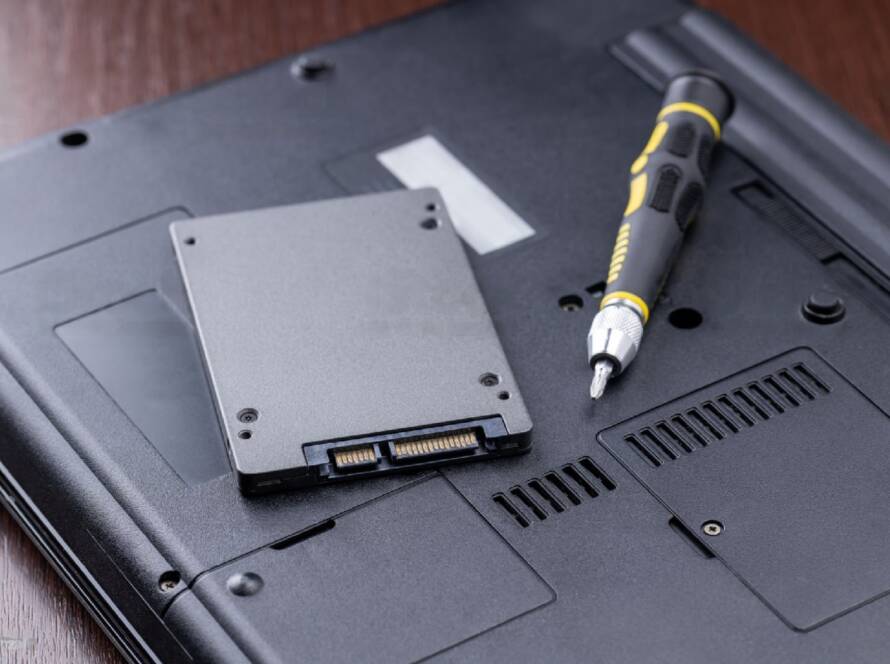Imagine this scenario: You press the power button on your computer, eagerly awaiting the familiar startup sound and login screen, but all you get is a blank screen or an error message. Panic sets in as you realize that your precious data might be trapped inside a seemingly dead machine. Don’t worry; you’re not alone in this predicament. In this blog, we’ll guide you through the steps to save your data from a PC that won’t boot, whether it runs macOS or Windows. So, take a deep breath, stay calm, and let’s get started on the road to data recovery.
1. Identify the Cause
Before diving into data recovery, it’s crucial to understand why your PC isn’t booting. Common causes include hardware failures, corrupt system files, and software conflicts. Identifying the cause can help you choose the most appropriate method for data recovery.
2. Check Your Hardware
Start by ruling out hardware issues. Disconnect all external devices, including printers, external hard drives, and USB devices. Sometimes, a malfunctioning external device can prevent your computer from booting. If this doesn’t solve the issue, consider opening your computer and checking for loose connections or damaged components.
3. Boot into Safe Mode
Both macOS and Windows offer safe mode options that can help you access your data even when the operating system is malfunctioning.
- For macOS: Restart your Mac and hold down the Shift key until the Apple logo appears. This will boot your Mac into Safe Mode, allowing you to access your files.
- For Windows: On Windows 11, 10 and 8, you can access Safe Mode by holding the Shift key while clicking Restart from the Start menu. On Windows 7, you can press F8 during startup to access Safe Mode.
4. Use a Bootable USB Drive
If Safe Mode doesn’t work or isn’t available, you can create a bootable USB drive with a live operating system. This will allow you to access your files without loading the problematic operating system.
- For macOS: You can create a macOS bootable USB drive using another Mac or seek professional help from an Apple service center.
- For Windows: Microsoft provides a Media Creation Tool that helps you create a bootable Windows USB drive. Follow the instructions on Microsoft’s official website to create one.
5. Data Recovery Software
Data recovery software can be a lifesaver in situations like these. Tools like “EaseUS Data Recovery Wizard” for Windows or “Disk Drill” for macOS can help you recover files from a non-booting PC. Install the software on another working computer, create a bootable USB drive with it, and use it to recover your data.
6. Professional Assistance
If the above methods fail or if your data is critically important, it’s best to consult with a professional data recovery service. They have the expertise and specialized equipment to recover data from severely damaged or non-functional drives.
Conclusion
Facing a non-booting PC can be a stressful experience, but remember, your data is not lost forever. By following these steps, you can recover your precious files from a PC that won’t boot, whether it’s running macOS or Windows. The key is to remain calm, diagnose the issue, and choose the appropriate method for data recovery. Don’t forget to regularly back up your data to prevent such situations in the future, because prevention is always better than cure.




